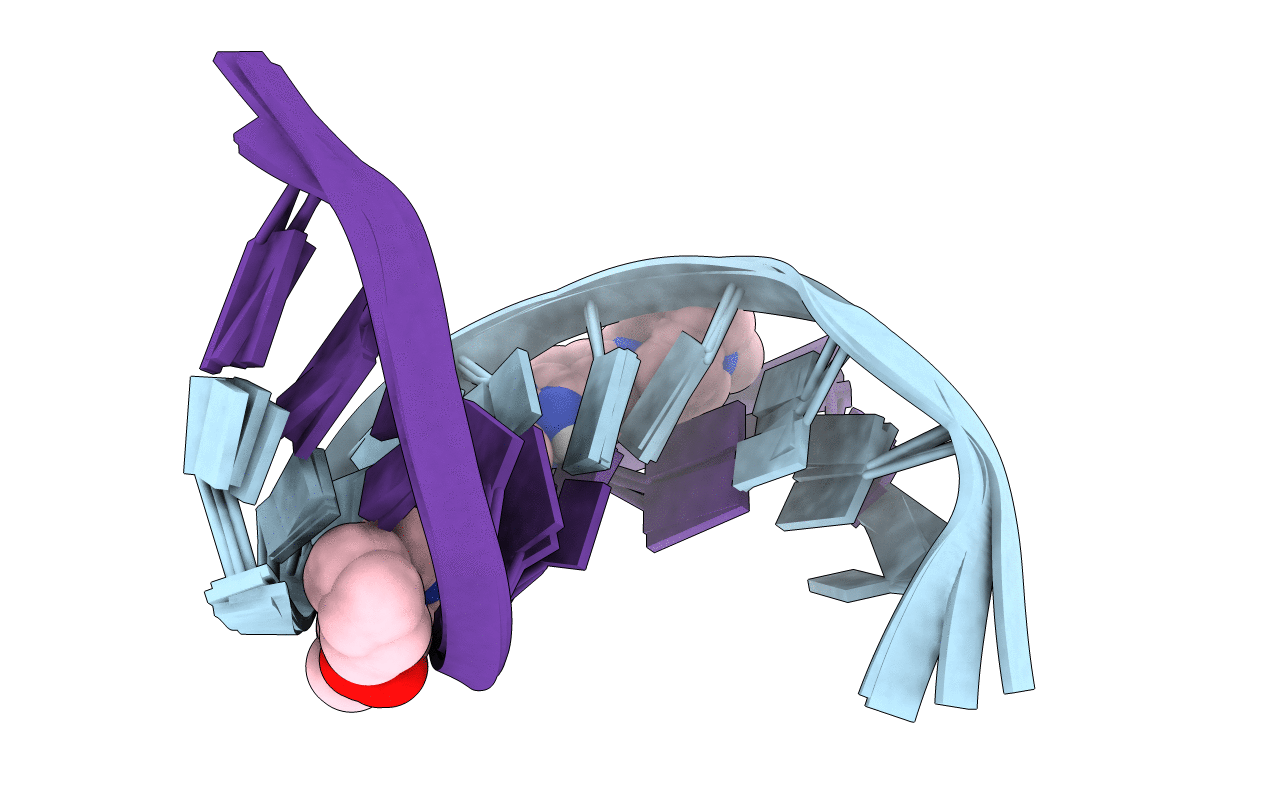
Deposition Date
2010-02-08
Release Date
2010-03-09
Last Version Date
2024-05-01
Entry Detail
PDB ID:
2KTT
Keywords:
Title:
Solution Structure of a Covalently Bound Pyrrolo[2,1-c][1,4]benzodiazepine-Benzimidazole Hybrid to a 10mer DNA Duplex
Biological Source:
Source Organism:
Method Details:
Experimental Method:
Conformers Calculated:
15000
Conformers Submitted:
4
Selection Criteria:
representative conformers of clusters


